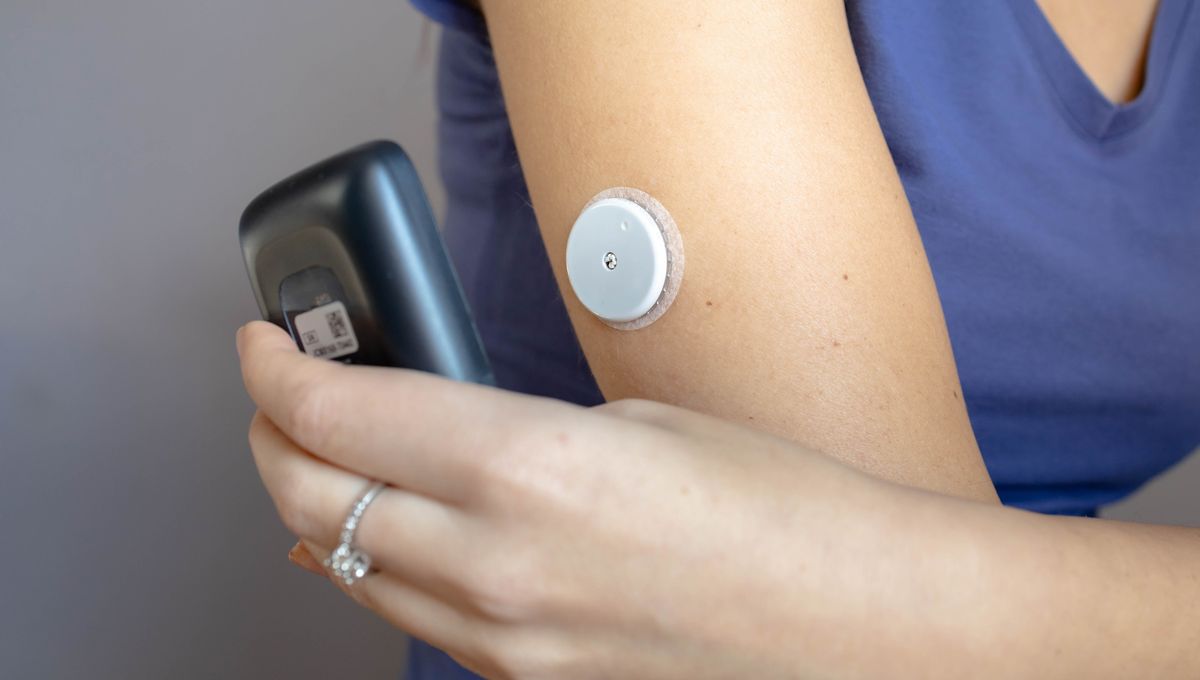Discovering the Power of Blood Glucose and Insulin
When you indulge in a delicious meal, your body breaks it down into various components, including the sugar glucose. This glucose then enters your bloodstream, prompting your pancreas to release the essential hormone insulin. Insulin plays a crucial role in allowing blood sugar to enter cells for energy and signals the liver to store excess glucose for later use.
Normally, as glucose enters our cells, its levels in the bloodstream decrease, triggering a decrease in insulin production. This prompts the liver to release stored glucose, ensuring that blood sugar remains relatively stable even during periods without food.
However, individuals with diabetes experience an imbalance in this system. Their bodies either stop producing insulin or become resistant to its effects. Consequently, people with diabetes often need to monitor their blood sugar levels to maintain stability and take appropriate action.
Continuous Glucose Monitoring: Revolutionizing Diabetes Management
Gone are the days when individuals with diabetes had to rely solely on finger-prick tests to measure their blood sugar levels. Thanks to advancements in technology, we now have continuous glucose monitoring (CGM) systems.
CGM is a real-time monitoring system that allows people to track their glucose levels and detect any abnormalities. This system involves attaching a sensor to the body, typically on the tummy or arm, which remains in place for several days. The sensor measures glucose levels in the interstitial fluid beneath the skin.
The sensor is connected to a receiver, often linked to a phone. Every few minutes, the CGM provides glucose level updates to the receiver. In some cases, individuals can even connect their CGM to an insulin pump to help maintain stable glucose levels.
These monitors are invaluable in alerting people to high or low blood sugar levels. For individuals with diabetes, they provide insights into whether additional insulin is needed or if a sugary snack is necessary to address low blood sugar.
Biohacking: Unleashing the Power of CGM
A person’s metabolic health depends on their body’s ability to digest and absorb food without causing abnormal spikes in blood sugar, insulin, inflammation, or blood fat. These spikes can have long-term effects on various aspects of health, such as blood pressure, weight, body fat, and waist circumference.
Even individuals without diabetes can utilize CGM to detect abnormal glucose spikes. By analyzing the vast amount of data provided by these monitors, people can learn how different foods affect their glycemic loads. This knowledge empowers them to make informed decisions about their nutrition and physical behavior. Additionally, CGM monitors offer insights into the impact of stress and lack of sleep on the body.
People are now utilizing these monitors because everyone’s response to food is unique. It’s not a one-size-fits-all situation. Some individuals experience blood sugar issues after consuming certain foods, while others may not be affected.








